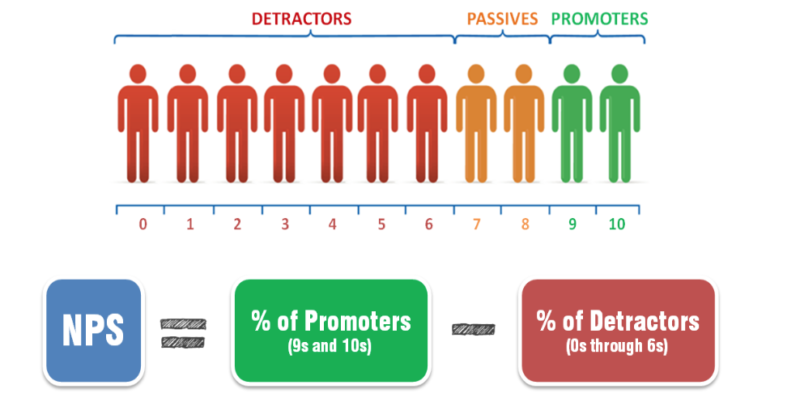Marketing is moving from a data-driven function to a data-centric function. In today’s increasingly data-heavy world, marketers have a lot of pressure to develop data analyzing, visualizing and interpreting skills, not to mention applying and taking action on that data. With the role of marketer already demanding full-time attention, many marketing departments are falling short of their aspirational data goals. Customer lifetime value is quickly becoming the metric to enable marketers to overcome both their lack of data skills as well as a lack of support from data science teams. Understanding customer lifetime value is helping some of the most innovative companies in the world do more to acquire the “best” customers and do some of the most innovative marketing ever. The video below explains everything you need to know about calculating customer lifetime value.
Finding Average CLV
It should be noted that Customer Lifetime Value (CLV) and Customer Value (CV) are completely different metrics. Customer Value is simply adding up all the purchases of a customer up to this point, whereas Customer Lifetime Value adds up everything to the death date of the customer relationship (churn). Both of these metrics can be based on revenue and profits. To find Customer Value, take the revenue and divide it by the number of customers. CLV may be harder to assess for new companies who have yet to see significant churn but this can be made up for with surveys and predictive modeling. CV represents average value and that can be deceiving so it’s always worth it to take a closer look at results as they may lack the depth for actionable insights.
Non-Monetary CLV
Recommendations are the most effective marketing a company could wish for. They also represent a significant contribution to CLV. Creating programs that track these recommendations and attribute extra value to the customer who recommended can be incredibly useful when segmenting customers. Technology has made these observations even easier to collect through social media engagement. Where we can see exactly who has liked, shared, and recommended us to their friends. Using this information we can understand a customers willingness to pay for the product and see if some customers feel like they are getting more than their monies worth!
Individual CLV
This is where the magic really happens. Understanding customers at the individual level allows for richer segmentation, persona development, and predicted values that can be validated, updated, and retested over time. We can break down the individual relationship based on when they purchased (recency), how often they purchase (frequency), the value of their purchases (monetary), and whether they perceive extra value and/or recommend the product. Once that data is in a usable form, results can be obtained at lightning speed and your model can be adjusted often. This information allows you to market directly to customers and personalize the experience for them to drive more value.
Want to start optimizing your content creation? Learn how to Data-Drive Your Content Creation.



